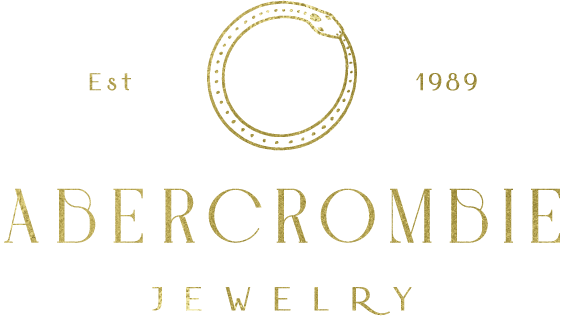The diamond industry is booming. Diamonds are a timeless symbol of love and commitment. How do jewelers make sure they’re getting quality diamonds?
As consumers become increasingly mindful of where their money is spent, jewelers decide which stones to buy. This article will address these questions.
What Jewelers Look For When Buying Diamonds: Understanding The 4 C’s
When buying diamonds, jewelers look for the 4 C’s: Cut, Color, Clarity, and Carat. These four elements determine the value of a diamond on the market.
Evaluating a diamond’s worth is contingent upon numerous factors, with the cut being among the most crucial. The precision of a diamond’s cut will ultimately determine the degree of light reflected from its surface, a fundamental characteristic in determining its overall quality. The cut can range from excellent to poor, affecting sparkle and brilliance. Color is another significant factor; colorless diamonds are more valuable than those with some hue or tinting. Clarity also impacts price, as clear stones are more expensive than those with inclusions or blemishes visible under magnification. Finally, carats refer to size; larger diamonds cost more per carat due to their rarity compared to smaller stones.
Understanding these four components is essential when selling diamond jewelry to jewelers – they’ll want proof you’ve researched. Upon careful consideration, it is imperative to examine the overall condition of your diamond jewelry before the sale. Inspecting for damage or wear-and-tear is recommended, potentially resulting in a decreased offer price. This additional step will ensure an optimal return on investment.
Examining Your Diamond Before Selling To A Jeweler: Tips And Tricks
What a jeweler is looking for is critical when selling your diamond. The 4 C’s are the main factors determining diamonds. There are other things to consider when preparing to sell your diamond jewelry. Conducting a thorough inspection of your diamond before consulting with a jeweler can result in significant time savings.
The first step in evaluating your gemstone is determining its shape and size. Round diamonds are more expensive than others because they have more facets that produce excellent sparkles. Other shapes, such as emerald or pear-cut, may fetch less price but still have their unique appeal that could attract potential buyers.
You should also look closely at the stone itself for any visible imperfections or blemishes on the gemstone’s surface, such as chips or scratches, that could reduce its value significantly when sold on the open market. Take pictures of these flaws so you can show them to prospective buyers during negotiations over pricing and terms of sale later on down the road.
By taking time now to thoroughly examine your diamond before selling it, you’ll be better prepared when it comes time to evaluate potential buyers who might want to purchase it from you at a fair price point based on all available information about its condition and quality grade level.
Evaluating Potential Buyers: How To Get The Best Price For Your Diamond
Assessing potential buyers and securing optimal value is paramount when parting with a diamond. As such, one must determine how to appraise prospective purchasers to guarantee equitable compensation accurately. It’s all about researching your options and doing due diligence.
First, do some research on local jewelers in your area. Find out their reputation with customers and if they specialize in buying diamonds or other types of jewelry. You can also ask for advice from friends or family members who might know people who’ve sold their diamonds before. Once you’ve narrowed down your list of potential buyers, contact each one to learn more about their process for evaluating diamonds and making offers.
Next, determine what type of offer would be acceptable to you based on the market value of your stone. Ask them to provide an appraisal so that both parties know its worth before negotiations begin. When considering different offers, consider the monetary value and any other perks, such as warranties or repair services they may offer with their purchase agreement. Finally, feel free to accept an offer immediately; shopping around is okay until you get something that works for both parties.
Regardless of the potential buyer, you may select, it is imperative to exercise sound judgment and rely on your innate intuition to make an informed decision. The responsibility of closing the transaction rests solely with you. Therefore, it is essential to trust your instincts when navigating through this critical phase of the sales process. With proper research and careful consideration of factors like reputation and pricing structure, there’s no reason selling your diamond shouldn’t be a successful experience.
Understanding the 4 C’s is an essential first step when selling diamonds. Knowing what each of these characteristics means and how they affect a diamond’s value can help you get the best price when selling it to a jeweler. Additionally, examining your diamond before selling will ensure that you are accurately informed about its worth. Finally, evaluating potential buyers carefully can also help maximize your return on investment.
Researching and being prepared before attempting to sell a diamond pays off. Taking some time upfront to learn more about diamonds and how they are valued can make all the difference in terms of getting a good deal when selling yours.
If you’re considering selling your diamond, research beforehand to know exactly what it is worth and understand who might offer competitive prices for it. This simple preparation will go a long way toward helping you get the most out of your sale!
